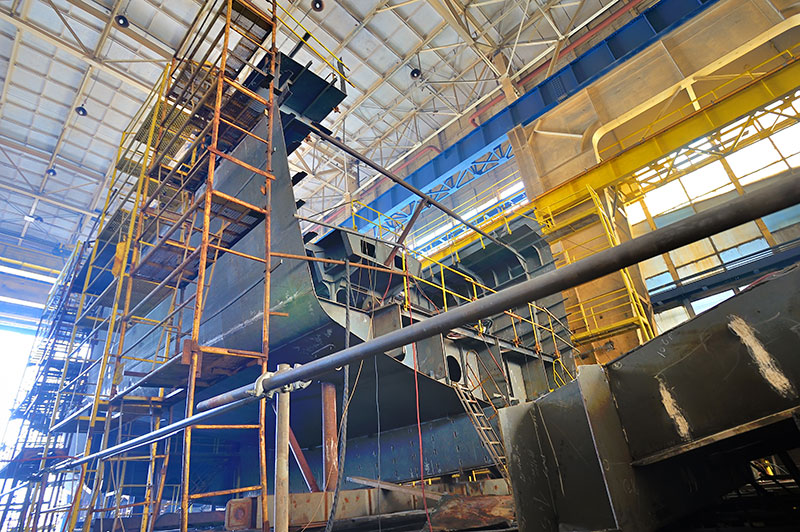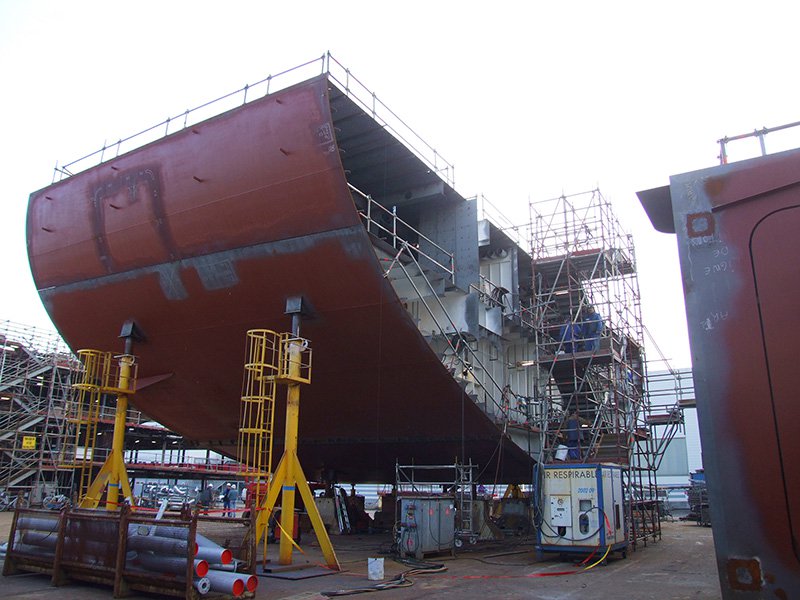Declaration of Independence: a success story with Visioneering

Visioneering finds CAM software that works with all of its machine tools, while also increasing flexibility and boosting productivity.
Visioneering Corp., Toronto, Ont., Canada, is a company that specializes in the fabrication of LED and fluorescent lighting products but also maintains the capabilities to tackle almost any sheet metal job. In fact, that’s been the case over the company’s 62 years of existence. It’s the number of products made at one time and the tight turnaround times that have really changed.
Simply put, many customers don’t want to carry the extra inventory. They only want products that they know that they can sell. The days of maintaining shelves full of products just to be safe are long gone. “We go anywhere from five- to 2,000-piece runs. Predominantly, the trend is less than 200-piece runs,” said Santino Nemi, Visioneering’s vice president, operations and manufacturing. Only about 15 percent of all production is built for stock.
To accommodate this type of high-mix, low-volume production environment, Visioneering jumped into automated material handling in the early 2000s. These investments helped to reduce the time spent moving material among fabricating processes and maximize uptime on machines. Today the fabricator has six turret punch presses with automatic sheet loading and part unloading, two laser/punch combination machines that are connected to material and part storage towers, and two punching machines that are fed by coils instead of individual sheets. It uses ALMA CAM to run all of those machines.
The Need for Independence
Visioneering chose to go with ALMA CAM because the software could run the many different machines on the shop floor. The fabricator had another CAM software package from a company that is now part of a major machine tool builder; as a result of that acquisition, the machine tool vendor would only focus and support applications involving its equipment. Any current user of the CAM software that used it for other machine tools needed to find an alternative source for support. “I have purchased equipment from several different companies. I need support for it,” Nemi said. “It’s important for me to have a software package that will be machine-independent.”
Nemi reached out to a contact that had worked with him when installing the older CAM software. That contact was now involved with ALMA CAM. “Software is fine, but you need a vendor and an implementation person who knows how to use the software and train your people for your applications,” Nemi said.
The migration to the new CAM software went quickly. ALMA CAM was able to import Visioneering’s entire tooling library from the older system and created a way that allowed jobs created in the older CAM software to be opened seamlessly in ALMA CAM. Santino said the company began with one license for one of the turret punch machines and then slowly expanded it from there. Today the company has four licenses, and the software is being used on the six punch presses with automated loading and part unloading functionality.
“There is no doubt that it saves time,” Nemi said. “It just frees up my head programmer to spend more time on the floor making sure people are working efficiently instead of in front of his screen. It also makes tasks quicker. It’s just faster overall.”
It’s important for me to have a software package that will be machine-independent. - Santino Nemi, Visioneering’s Vice President, Operations and Manufacturing
What the Software Delivers
Nemi said the programmers take advantage of the modern interface and robust software architecture to create jobs quickly and maintain the tool library. The software design also is flexible enough so a user doesn’t have to follow a rigid path to create a program or part. The software can be tailored to match preferences.
The software also integrates well with Visioneering’s 3-D CAD package and ERP software system. Flat patterns created from 3-D models are imported smoothly into ALMA CAM, which takes into account all fabricating details, such as bend allowances. In addition, the CAM and ERP software are linked to assist with activities such as inventory replenishment and scheduling.
ALMA CAM’s background with automated systems is deep, according to Nemi, and this helps with Visioneering’s own automation efforts. For example, like other CAM software, ALMA CAM can create a nest dynamically, placing parts in particular positions to minimize sheet scrap. Where the CAM software stands out when compared to others is its ability to address part unloading. Once the part instructions are in place, the software can instruct the automation to handle part removal of the same part no matter what the position.
The software makes accommodations for user knowledge as well. Nemi described a scenario in which a part looks like it should be punched and picked up without a problem on the computer screen, but the operator knows that the part at that certain orientation is just going to cause the unloader to jam. At that point, the programmer can choose to avoid automatic nesting features and rearrange the nest manually to ensure smooth part pickup. “It can do the full automation but still allow you to be in total control,” Nemi said.
There is no doubt that it saves time. It just frees up my head programmer to spend more time on the floor making sure people are working efficiently instead of in front of his screen. - Santino Nemi, Visioneering’s Vice President, Operations and Manufacturing
Working with the Vendor
The transition to the new CAM software has been made easier with ALMA CAM’s support. Nemi said the ALMA CAM team knows the software capabilities and Visioneering’s operations well enough to provide the right answers when questions arise. They are not trying to force a one-size-fits-all resolution on a unique problem.
As an example, Nemi explained ALMA CAM’s effort to tweak its own software to address increased material usage. In this particular case, Visioneering was punching 4-foot-wide parts on 4-foot-wide sheet, which leaves no room for a skeleton. Typically, CAM software would prevent the machine from punching between clamps and to the edges of the sheet, but ALMA CAM took steps to adjust the programming to accommodate those normally off-limit punching steps, allowing the fabricator to get multiple parts off the sheet with no skeleton.
Nemi is pleased enough with ALMA CAM that he now is looking to roll out the software to the entire shop. “I’d like to keep going forward with them,” he said. “I look forward to their new releases.”
Visioneering Corp., 35 Oak St., Toronto, ON M9N 1A1, Canada, 416-245-7991
www.viscor.com



